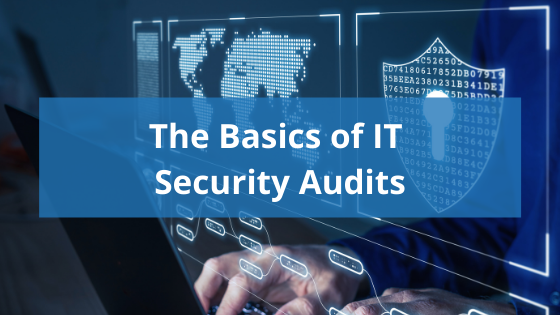The hiring and onboarding process can be complicated and stressful. Sometimes, after a new employee joins the team, you don't realize IT-related access or skills they may be missing. This could lead to them being unable to complete work or feeling embarrassed for needing to ask for help. Before hiring new employees, it is important to create or revise an IT-onboarding checklist to help streamline the process. This checklist will cover the following areas:
Physical needs
Unfortunately, it's not as easy as giving a new employee a desk and letting them hit the ground running. Before a new employee starts work, you'll need to order a computer, docking station, monitor, keyboard, and mouse to set up. You may also need to get them a desk phone or additional cables to set up their devices.
Once their personal use devices are handled, you'll also need to show them how to use other pieces of equipment in the office. They should know how to print and scan or use conference room equipment, even if it may not be a large portion of their responsibilities. If your office requires tap-based ID cards to enter the building or certain areas, make sure this is ready on their first day as well.
Proper Account Access
Getting login and access information for important tools can be done before a new hire starts work. Each new employee should be set up with a company email account before coming in for their first day. Once this is created, their future manager can help determine what other accounts they will need. Not every employee needs design tools or accounting information, so access should be allowed under particular guidelines based on roles and needs.
This is also true for document access in shared drives. Most employees, for instance, shouldn't be able to see HR documents, and these folders should be restricted to specific employees. There may be some documents, like marketing collateral, that everyone can or should be able to see, but they shouldn't have editing permissions. Make sure you grant needs-based access to shared files to prevent issues or data loss down the line.
Training
While most people will be comfortable setting up their computers or familiarizing themselves with tools after their initial introduction, it is still essential to train employees properly. Specifically, all new employees should have cybersecurity training. This can include information on topics like storing and backing up data, sharing sensitive information, physical computer security, and recognizing and avoiding malicious emails. Employees are an essential aspect of any organization's security plan and are essential in preventing data loss or cyberattacks.
IT-onboarding checklists are a vital tool in the onboarding process. While they may look slightly different for every organization, the basics should always be covered. This will be a tool you can return to again and again to help you ensure employees are set up for success. If you'd like to talk to someone about improving your technology and processes, please contact us.

.png)



Leave a Reply